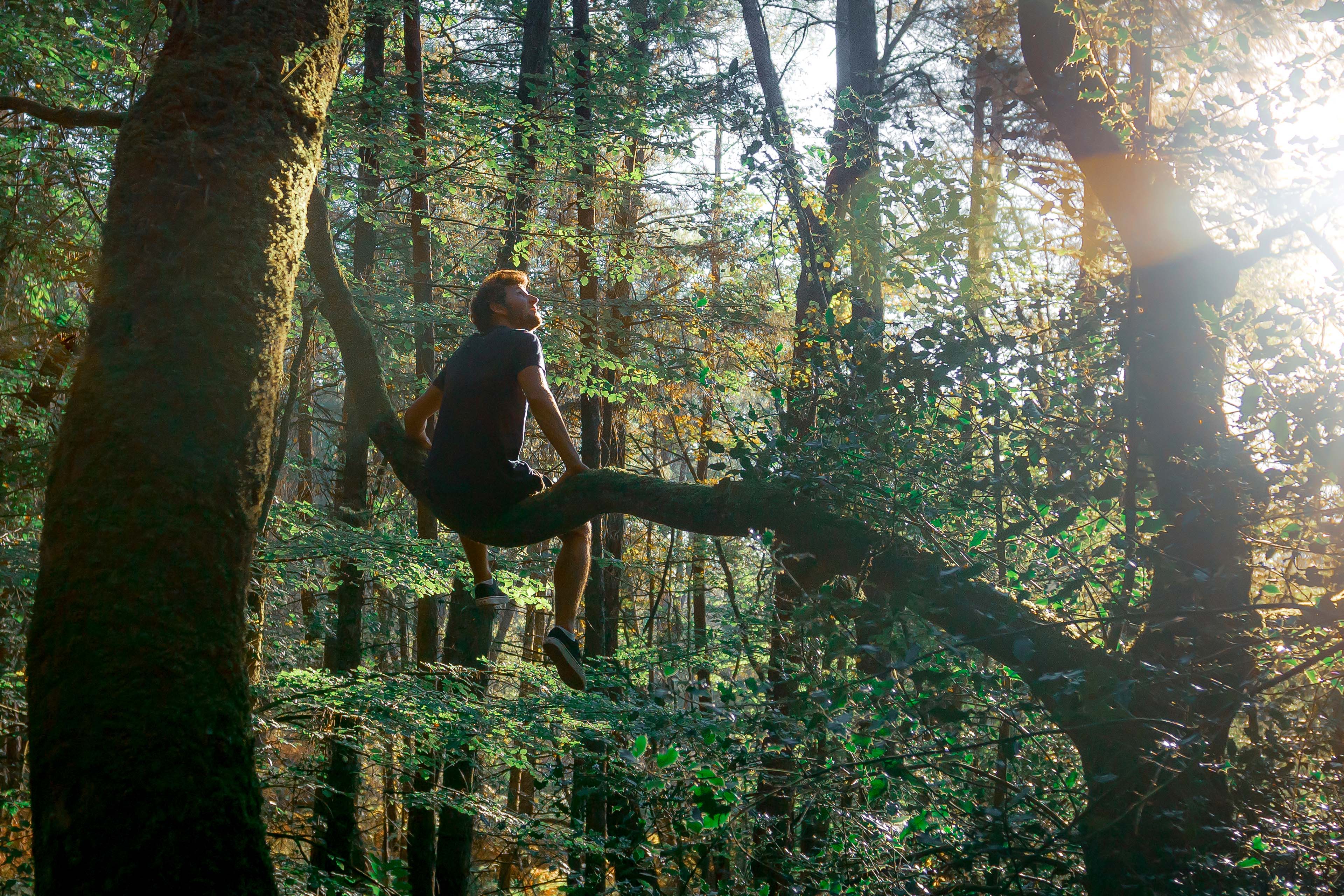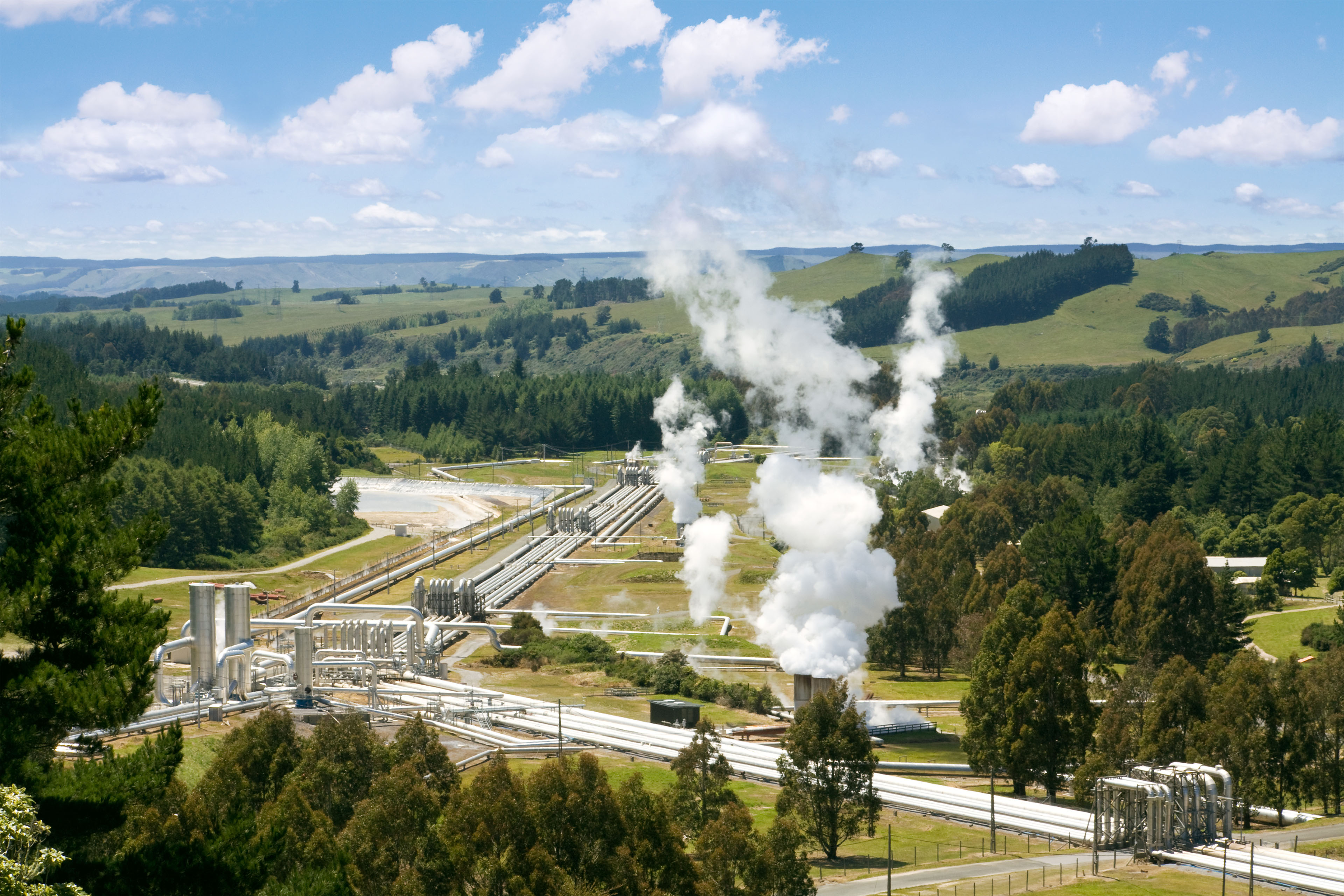EY refers to the global organisation, and may refer to one or more, of the member firms of Ernst & Young Global Limited, each of which is a separate legal entity. Ernst & Young Global Limited, a UK company limited by guarantee, does not provide services to clients.
How EY can help
-
Discover climate change & Sustainability insights, people and services and how they can help your business understand the risks and opportunities.
Read more
Nature is central to our wellbeing, culture and identity as a nation. ‘Clean and green’ is Aotearoa New Zealand’s global brand and our relationship with Te Taiao / the natural world is one of our defining characteristics as a nation. Primary industries, which are heavily reliant on nature, make up 7% of our economy, and much of our important tourism industry also depends on Aotearoa New Zealand’s natural capital.7
Human activities, including direct exploitation, changes in the way we use our land and oceans, and the impact of invasive species, pollution, and climate change, have led to an alarming decrease in the amount and variety of life on Earth,8 and in Aotearoa New Zealand particularly.9 The rate of biodiversity loss is higher now than in any other time in human history.10 Global experts in academia, business, government and civil society believe that biodiversity loss and ecosystem collapse will be the third most severe risk to humanity in the next decade.11 This crisis is generating significant but largely overlooked risks to the economy, the financial sector and the wellbeing of current and future generations.
This Report delves into five12 of the 23 Kunming-Montreal Global Biodiversity Framework Targets and looks at the economic impacts, challenges and opportunities of achieving these Targets for Aotearoa New Zealand. Our analysis has shown that the benefits of taking action towards these Targets could exceed the upfront and ongoing costs required to meet the Targets and provides a net benefit to Aotearoa New Zealand’s economy over a 50-year period from 2025 to 2080 of an estimated NZD$271.8 billion (NPV 2023).13 This benefit is driven both by protecting Aotearoa New Zealand from impacts associated with nature decline (avoided costs of inaction) and through the realisation of additional opportunities provided through a thriving natural environment.
For Aotearoa New Zealand to achieve these Targets, avoid the costs associated with nature loss and realise the nature-related opportunities, a transformation of our economy will be required.
Whilst most sectors of our economy are forecast to grow in the long term by meeting these Targets, the structural changes required are modelled to leave some sectors smaller, compared to a scenario where no action is taken towards these Targets. Placing protections over natural resources, for example through marine protected areas or water conservation orders, and repurposing land to support native forest growth and wetland restoration will result in decreased agricultural output and have short term negative impacts on the fishing sector, compared to a no action scenario.
However, by 2039, the positive impacts on the fishing sector are modelled to outweigh the negatives. Action taken by farmers to support achievement of these Targets is modelled to not only protect the brand value and price premium afforded to the sector through Aotearoa New Zealand’s current environmental reputation but could reduce costs and more significantly enable revenue diversification benefits. Through the restoration of wetlands and through native planting, an additional 13.7 Mt CO2e of carbon is modelled to be sequestered annually from 2030, resulting in a GNI14 increase totalling NZD$56.4 billion (NPV 2023) from 2030 to 2080. This benefit, realised through the sale of carbon credits, would be shared by landowners and the Government. By 2042, the benefits to landowners are expected to be greater than the negative economic impacts to output in the primary industry sectors. By 2080 the net benefit to the primary industries of nature action is forecast to be NZD$7.7 billion (NPV 2023).
Investment into nature needs to increase by ~6.5 times the current spend on nature, or NZD$22.5 billion (2024) per annum, for this transformation to be possible. The economic modelling in this Report shows the longer we wait the more costly the action will become, and the more likely irreversible damage will occur. There will also inevitably be a lag between mobilising finance, undertaking activities and having the desired effect on biodiversity which increases the pressure to act quickly. Enabling conditions are needed urgently to bridge the nature financing gap and support investment into nature. There is an accelerating role for government to build supporting infrastructure such as through mandating nature reporting, and to stimulate investment into nature through blended finance or other scalable investment vehicles. Business model transformations can unlock further investment into nature with the sale of biodiversity or carbon credits or ecosystem services payment structures enabling the monetisation of nature action.





